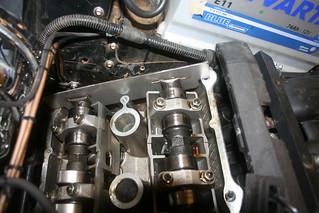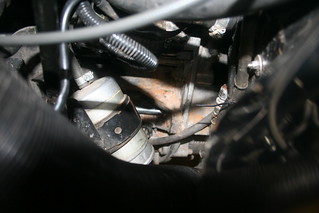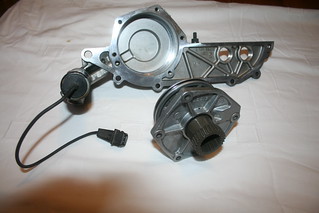Re: Mike's Cabrio Build
You are are all better at the one liners than me - I did consider suggesting it gave a nice "crisp" exhaust note!
I think the potatoes were Maris Piper - oooh groan!
I particularly like the 'Chipped' quip!
.....but it proved the idea....... and that it is worth investing in some smaller diameter inserts.
You are are all better at the one liners than me - I did consider suggesting it gave a nice "crisp" exhaust note!
I think the potatoes were Maris Piper - oooh groan!
I particularly like the 'Chipped' quip!
.....but it proved the idea....... and that it is worth investing in some smaller diameter inserts.


















Comment